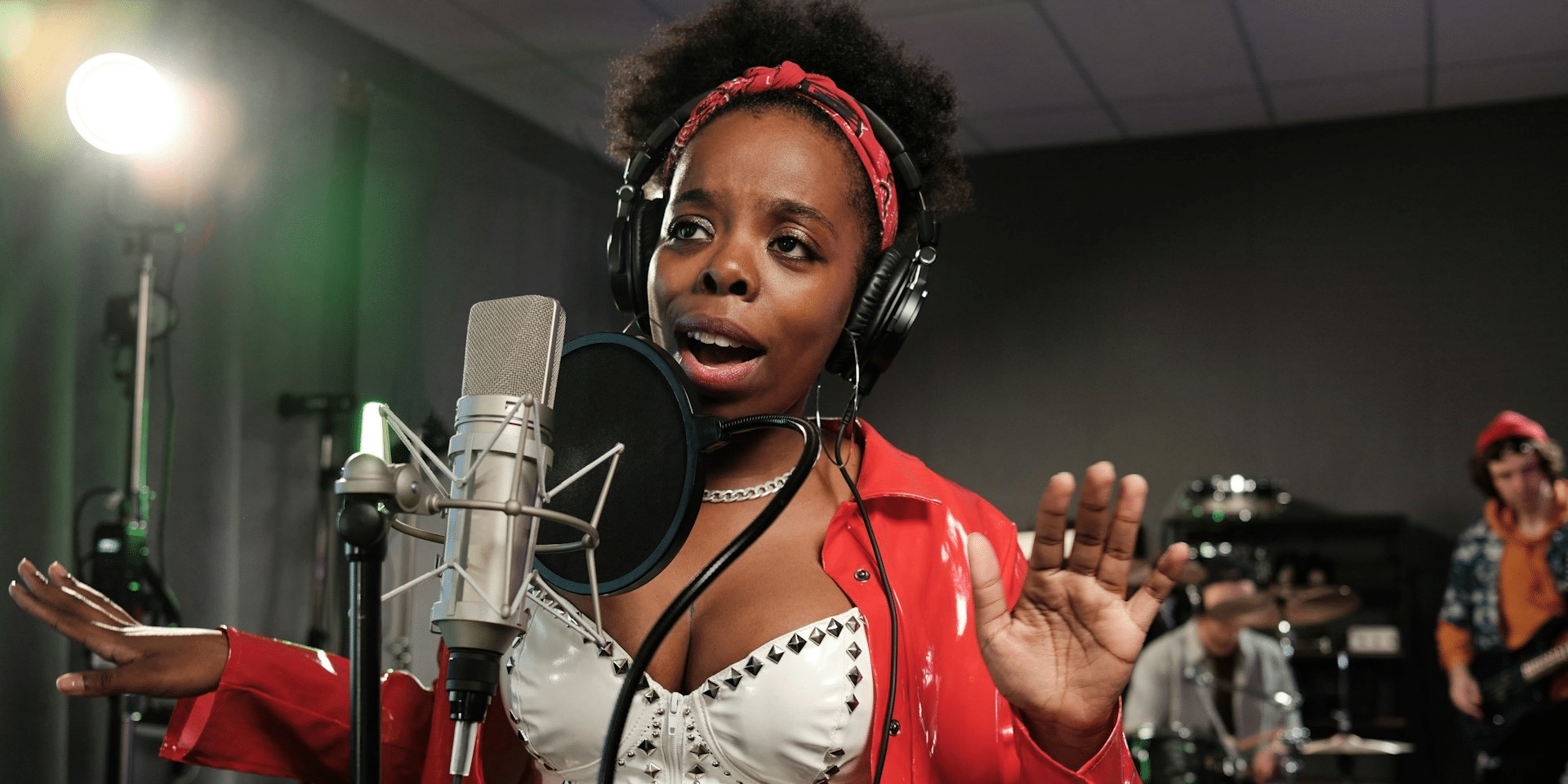Movies are a visual medium, and every aspect of their production, including color, plays a crucial role in shaping the audience’s viewing experience. Color has the power to evoke emotions, convey meaning, and set the tone for a film. From vibrant hues to muted tones, filmmakers carefully select color palettes to enhance storytelling and immerse audiences in the world of the film. In this article, we explore how color influences the narrative, mood, and atmosphere of movies, leaving a lasting impression on viewers.
The Psychology of Color
Before delving into how color is used in film, it’s essential to understand the psychology behind different colors. Each color carries its own emotional associations and can evoke specific feelings and reactions in viewers. For example, warm colors like red and orange often symbolize passion, energy, and intensity, while cool colors like blue and green evoke a sense of calmness, tranquility, and melancholy. Filmmakers leverage these psychological nuances to create visual narratives that resonate with audiences on a subconscious level.
Setting the Mood
Color plays a pivotal role in setting the mood and atmosphere of a film. By manipulating color palettes, filmmakers can establish the tone of a scene, whether it’s a lighthearted comedy, a suspenseful thriller, or a haunting drama. For instance, bright, vibrant colors may be employed to convey a sense of joy and vitality in cheerful, uplifting scenes, while desaturated tones and muted hues may be used to evoke a sense of unease or foreboding in darker, more ominous moments. The careful selection and manipulation of color contribute to the overall emotional impact of the film, guiding viewers’ reactions and perceptions.
Enhancing Visual Storytelling
Color serves as a powerful visual storytelling tool, helping to reinforce themes, motifs, and character development throughout a film. Filmmakers often use color symbolism to convey deeper meaning and subtext. For example, the use of red may symbolize danger, passion, or forbidden love, while green may represent envy, growth, or renewal. By strategically incorporating these symbolic colors into the visual composition of a film, directors can add layers of complexity to their narratives, enriching the storytelling experience for viewers.
Creating Visual Cohesion
In addition to its narrative and emotional impact, color also plays a crucial role in establishing visual cohesion and continuity within a film. A consistent color palette can help unify disparate elements of a film, such as sets, costumes, and cinematography, creating a cohesive visual aesthetic that enhances the overall viewing experience. By maintaining consistency in color choices throughout a film, filmmakers can guide viewers’ attention, reinforce themes, and create a sense of visual harmony that enriches the storytelling process.
A Pivotal Asset in Film
The use of color in film is a multifaceted and powerful storytelling tool that shapes the narrative, mood, and atmosphere of movies in profound ways. By leveraging the psychological associations of different colors, filmmakers can evoke specific emotions, set the tone of a scene, and enhance visual storytelling. Whether through vibrant hues that convey joy and vitality or muted tones that evoke tension and suspense, color plays a pivotal role in immersing audiences in the world of the film and leaving a lasting impression on viewers long after the credits roll. As viewers, being mindful of the intentional use of color in film enhances our appreciation for the artistry and craftsmanship behind the movies we love.
















